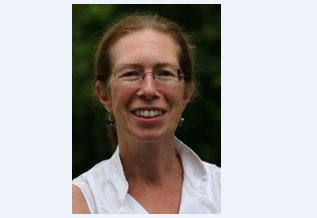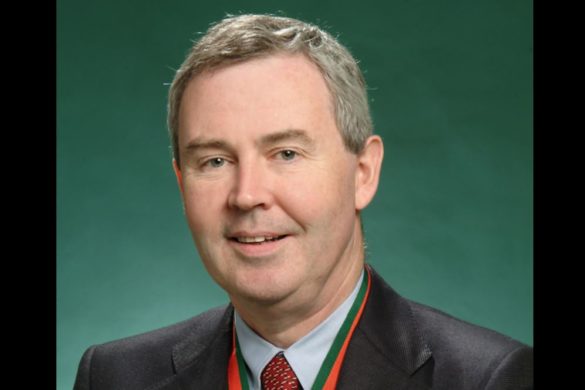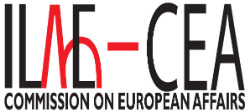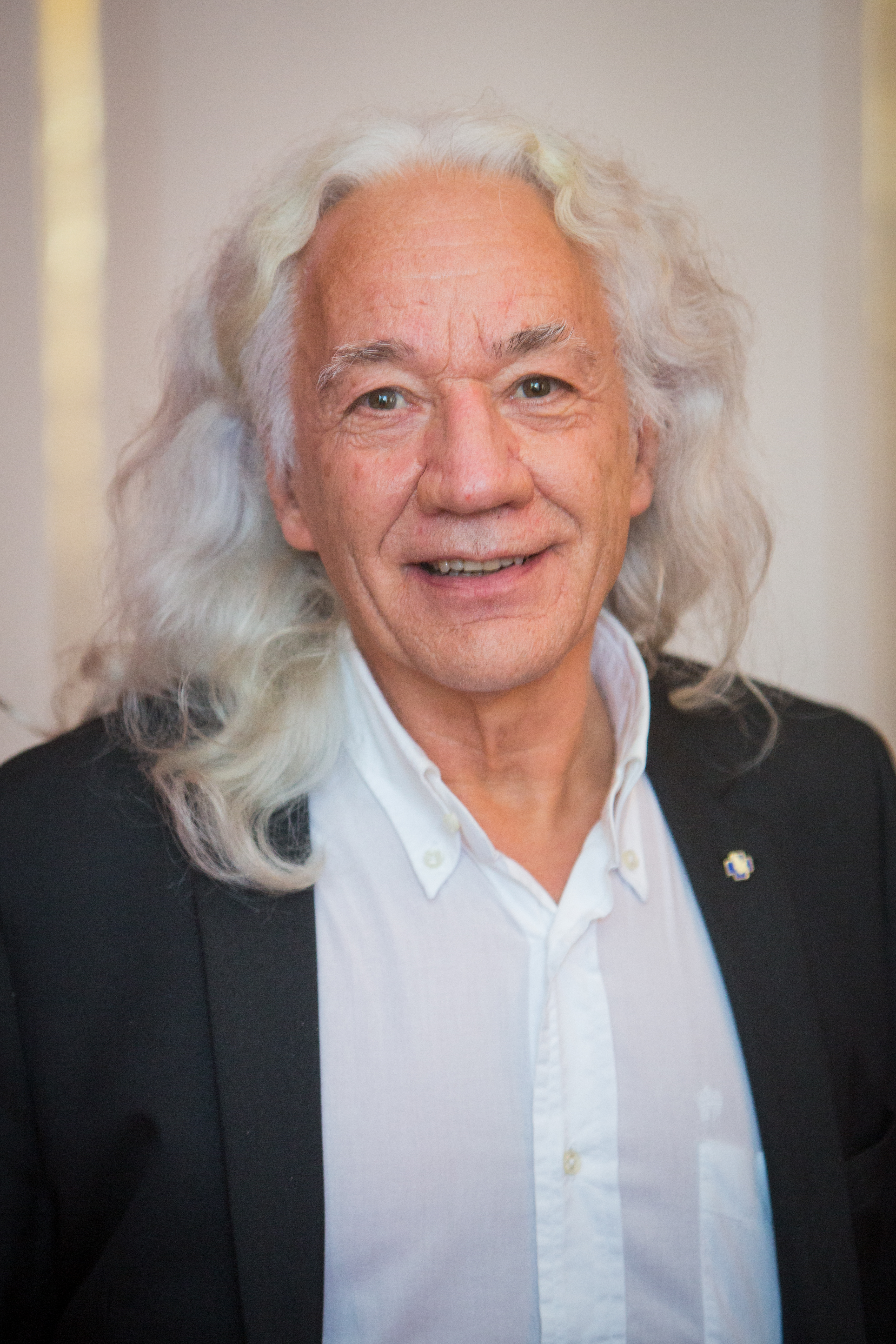As in the previous year, Neuropenews asked EAN committee members, Panel chairs, Speakers, … which session one should not miss at the upcoming congress in Berlin, June 2015. You will find the answers below …
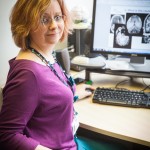 Hannah Cock, Chair of the EAN Education Committee
Hannah Cock, Chair of the EAN Education Committee
Symposium 5: Expanding fields in neurology, Monday, June 22, 2015, 08.30-10.30
The topics are all highly relevant for any practising neurologist, and am sure I can learn a lot from such respected speakers. Neurological expertise, working alongside other specialist colleagues so we can learn from each other is crucial to optimise patient care in each of these areas.
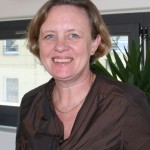 Gunhild Waldemar, Honorary Member of the EAN and Member of the EAN Liaison Committee
Gunhild Waldemar, Honorary Member of the EAN and Member of the EAN Liaison Committee
Symposium 4: Preclinical Alzheimer’s Disease, Monday, June 22, 2015, 08:30-10:30
I would not miss Symposium 4 on “Preclinical Alzheimer’s Disease”. In recent years, Alzheimer’s disease has become recognised as a disease with clear manifestations in the brain many years prior to onset of symptoms. With novel imaging and biofluid markers it may be possible to identify preclinical Alzheimer’s disease, although at present with the application of research criteria, with uncertain clinical implications. Identification of patients with preclinical Alzheimer’s disease is important for treatment trials with novel disease-modifying treatments, some of which have failed in patients with manifest dementia due to Alzheimer’s disease. The risk of progression from preclinical Alzheimer’s disease to mild cognitive impairment and dementia may be modified by life style and metabolic factors as well as co-morbidities, but much is still to be learned.
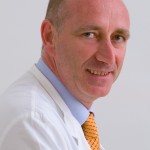 Fabio Antonaci, Co-Chair of the SSP Headache
Fabio Antonaci, Co-Chair of the SSP Headache
Teaching Course 16: Facial pain: diagnosis and management – Level 2, Monday, June 22, 2015, 14:45-18:15
I may not miss a session on the most disabling and frequent neurological disorder in the daily routine. The discussion on such topic between expert on one side and general neurologist on the other one is always a rich and stimulating opportunity in difficult/multidisciplinary case solving procedure.
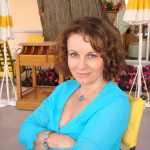 Nadine Attal, Co-Chair of the SSP Pain
Nadine Attal, Co-Chair of the SSP Pain
Teaching course 22: Assessment and treatment of neuropathic pain in clinical practice, Level 2, Tuesday, June 23, 2015, 13:00-16:30
I would not miss this teaching course because it is a very high level but in the same time a very practical course on the assessment and treatment of neuropathic pain in clinical practice. Furthermore this course will be proposed by experts with international reputation and high level publications in the field. Owing to this course, participants will learn about the relevance and limitations, both in daily practice and clinical research, of screening tools developed and validated over the last decade, the relevance for patients in clinical practice of standard bedside clinical examination but also of other methods of assessment, such as quantitative sensory testing and electrophysiology, and will be provided an update about therapeutic strategies based on recently updated international guidelines. The participants will thus learn in the same course how to diagnose neuropathic pain, examine a patient, and implement first, second and third line treatments for neuropathic pain.
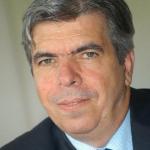 Bruno Dubois, Speaker at Plenary Symposium – Hot topics in neurological sciences
Bruno Dubois, Speaker at Plenary Symposium – Hot topics in neurological sciences
Teaching Course 24: Atypical Alzheimer’s disease – Level 2-3, Tuesday, June 23, 2015, 13:00-16:30
Alzheimer’s disease is now defined as a clinical-biological entity. The presence of positive biomarkers of AD should only be proposed for the confirmation of a clinical diagnosis. Therefore, we have to learn more about the specific clinical presentations of the disease that have been recently identified by the lnternational Working Group: i) one is typical, characterised by an amnestic syndrome of the hippocampal type; ii) the others are less frequent although there are specific as well. The session organized by Stefano CAPPA is an opportunity to reinforce our knowledge about the clinical presentations of Alzheimer’s disease and it gathers one of the best specialists in the field. The recognition of the specific phenotype of AD is essential in clinical practice. No doubt that this session will be a great moment of this first congress of the EAN.
David Henshall, Speaker at FW 12 – RNA-related neurological disorders and RNA interference in therapy
Symposium 2: Epilepsy and the injured brain: causes and consequences, Saturday June 20, 2015, 08:30-10:30
This is of particular interest since I work on both mechanisms of epilepsy after injury to the brain and identifying potential biomarkers of epilepsy. This symposium features highly-respected experts from the field and seems to nicely balance talks on mechanisms of epilepsy with progress on identifying biomarkers based on this.
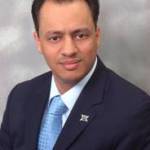 Eleftherios Papathanasiou, Speaker at Hands-on Course 5 – Neuro-otology
Eleftherios Papathanasiou, Speaker at Hands-on Course 5 – Neuro-otology
Interactive Session 1: Update on vestibular disorders, Saturday, June 20, 2015, 11:00-12:30
I have a special interest in neuro-otology.
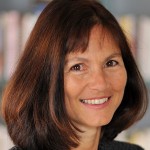 Claudia Sommer, Speaker at TC22 – Assessment and treatment of neuropathic pain in clinical practice – Level 2
Claudia Sommer, Speaker at TC22 – Assessment and treatment of neuropathic pain in clinical practice – Level 2
Symposium 3: Modern molecular genetics in clinical myology, Saturday, June 20, 2015, 08:30-10:30
I will not miss this session, because this is an area, where the translation from basic science to therapy is very advanced. It is still fascinating for me to try to understand that we are coming near to treating genetically caused neurologic diseases.
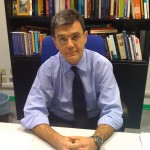 Stefano Cappa, Speaker at TC 24 – Atypical Alzheimer’s disease – Level 2-3
Stefano Cappa, Speaker at TC 24 – Atypical Alzheimer’s disease – Level 2-3
Symposium 5: Expanding fields of neurology, Monday, June 22, 2015, 08:30-10:30
I will not miss Symposium 5 (expanding fields of neurology), because I believe this is a crucial issue of present (and future) neurological practice. Neglecting new fields requiring neurological know how is probably the most serious mistake to be avoided in coming years.
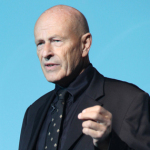 Theodor Landis, Chair of the EAN Teaching Course Sub-Committee
Theodor Landis, Chair of the EAN Teaching Course Sub-Committee
Focused Workshop 5: Human spatial orientation, Saturday, June 20, 2015,11:00-12:30
Spatial orientation is of prime importance for any living organism and its value is always underestimated and taken for god-given rather than learned, until the day we loose it after a brain lesion. In order to learn more about this “orphan” faculty of ours this workshop with its incredible collection of outstanding speakers is an absolute must.
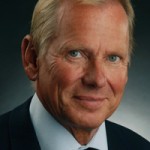 Per Soelberg Sorensen, EAN Member at Large
Per Soelberg Sorensen, EAN Member at Large
Scientific Satellite 1: The retina as an interface between neurology and ophthalmology, Friday, June 19, 2015, 14:50-18:00
This is an extremely interesting Scientific Satellite Symposium focusing on the clinical relevance of visual system examination in neurology. It is possible to use changes in the retina as measure of pathological processes in the brain. Optical coherence tomography (OCT) is a new is a non-invasive imaging test that uses light waves to take cross-section pictures of your retina, the light-sensitive tissue lining the back of the eye. With OCT, each of the retina’s distinctive layers can be seen, allowing measurements of their thickness. The thickness of the nerve fiber layer may correlate with the integrity of the cerebral cortex. The technique is used routinely in departments of ophthalmology and also in many departments of neurology. It may be use to study disease heterogeneity in multiple sclerosis and in the future be implemented as an important outcome in clinical. We should definitely focus more on the optic nerve and retina as a part of the central nervous system in many diseases of the brain, including demyelinating diseases.
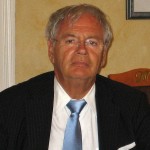 Lüder Deecke, Co-Chair of the SSP Higher cortical functions
Lüder Deecke, Co-Chair of the SSP Higher cortical functions
Plenary Symposium: Hot topics in neurological sciences, Sunday, June 21, 2015, 08:30-10:30
I would like not to miss this Plenary Symposium, because it covers the Hot Topics in Neurological Sciences chaired by the president. Bruno Dubois’ lecture is particularly interesting as is Volkmann’s. I am looking forward to this event very much.
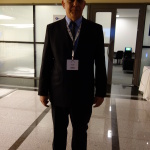 Ivo Lusic, Institutional Delegate from the Croatian Neurological Society
Ivo Lusic, Institutional Delegate from the Croatian Neurological Society
Symposium 2: Epilepsy and the injured brain: causes and consequences, Saturday, June 20, 2015, 08:30-10:30
Until now, no antiepileptic drug treatment has been found to protect against the development of posttraumatic epilepsy. Despite the continuing lack of clinically effective agent for this kind of epilepsy prophylaxis, recent advances in basic and clinical research offer new hope for success in the development of new strategies for prevention and treatment. I hope that encouraging news about the possibilities for prevention of posttraumatic epilepsy will be presented at the session.
Jens Volkmann, Speaker at Plenary Symposium – Hot topics in neurological sciences
Focused Workshop 5: Human spatial orientation, Saturday, June 20, 2015, 11:00-12:30
More than two decades of research have brought a tremendous progress in our understanding of the subcortical control mechanisms of goal directed motor behavior, locomotion and posture. The speakers in this workshop have been at the forefront of this development and I am curious to learn their firsthand experience in this area of motor control research and the clinical implications.
Didier Leys, EAN Secretary General and Speaker at FW3 – Cognitive deterioration 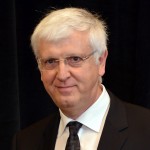 after stroke – detection, prevention and treatment
after stroke – detection, prevention and treatment
Symposium 1: EAN-ESO Symposium: Spontaneous intracerebral haemorrhage, Saturday, June 20, 2015, 08:30-10:30
I will not miss this session on spontaneous intracerebral haemorrhages for the following reasons:
1) Spontaneous ICH has been largely underinvestigated during the last 10 years. Stroke neurology has made a lot of improvement but especially in cerebral ischaemia. It is time to focus more on ICH and to find solutions to prevent and to treat them, ICH being much more devastating than cerebral ischaemia, with a 50% inhospital mortality.
2) The questions addressed in this symposium are really relevant for the practice
3) The quality of the 4 speakers.
Cristina Tiu, Institutional Delegate from the Romanian Society of Neurology and 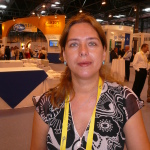 Speaker at TC7 – Novel insights in stroke aetiologies – Level 3
Speaker at TC7 – Novel insights in stroke aetiologies – Level 3
Symposium 5: Expanding fields in neurology, Monday, June 22, 2015, 08:30-10:30
When, 25 years ago, I chose this specialty, neurology was a Cinderella among medical specialties. I have witnessed along these years an incredible development in diagnosing and treating neurological disorders, and Cinderella has turned on in a beautiful princess. Neurology is today a very dynamic field, with so many developing branches. I will not miss the session talking about expanding fields in Neurology, because it talks about future, and, although we always have to remember the past, and do our best in present, we must also look forward. We are involved in the education of new generations of neurologists and we have to keep an open eye and an open mind, so that this beautiful living creature, Neurology, continues to develop and attract young people. The chairpersons of the session are well known for their commitment to education, and the topics cover an important part of our daily clinical practice.
Anita Arsovska, Institutional Delegate from the Macedonian Society of Neurology
Symposium 1: EAN-ESO Symposium: Spontaneous intracerebral haemorrhage, Saturday, June 20, 2015, 08:30-10:30
It would be a great opportunity to listen to well-known and experienced speakers, to widen my knowledge regarding causes, clinical course and work up of spontaneous intracerebral haemorrhage, microbleeds and small vessels disease as well as work up and current perspectives. Interesting and attractive topic.
Geert Mayer, Speaker at TC 18 – Impact and management of sleep disorders in neurology – Level 1
Symposium 6: Present and future treatment in movement disorders, Monday, June 22, 2015, 08:30-10:30
I would not like to miss the session: Present and future treatment in movement disorders. Whilst therapeutic Progress has been immense in the field of Parkinson’s disease Treatment Options for Huntington’s disease and ataxias have been few. Insights into the pathophysiology of these disorders has resulted in Treatments that will provide a different quality of life of patients, expand the therapeutic Options in neurology and reduce, not to say deflate, the therapeutic helplessness that has handicapped this field for so Long.
Daniela Galimberti, Individual Delegate
Symposium 4: Preclinical Alzheimer’s disease, Monday, June 22, 2015, 08:30-10:30
The topic of Biomarker use for preclinical diagnosis of Alzheimer’s disease is crucial in light of the availability of novel disease-modifying drugs to be tested in clinical trials.
Joseph Jankovic, Speaker at TC 19 – Movement disorders associated with auto-antibodies – Level 2
Symposium 6: Present and future treatment in movement disorders, Monday, June 22, 2015, 08:30-10:30
As a non-European, I am honored to be invited to speak at the inaugural EAN Congress in Berlin. Although my lecture “A clinical review and approach to autoimmune movement disorders”, is scheduled for Tuesday, June 23rd, I will get to Berlin early enough as not to miss Symposium 6, scheduled for Monday, June 22nd. I am especially excited hearing updates on Parkinson’s disease, Huntington’s disease, dystonia and ataxias from such world renowned speakers such as Olivier Rascol, Sarah J. Tabrizi, Alberto Albanese, and Thomas Klockgether. I look forward to networking with my European colleagues and enjoying Berlin.





